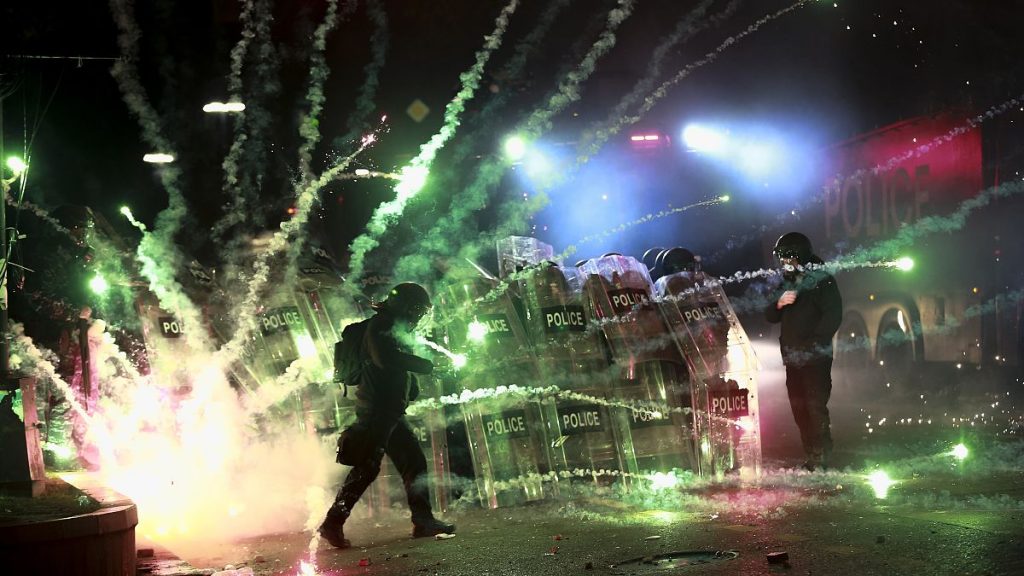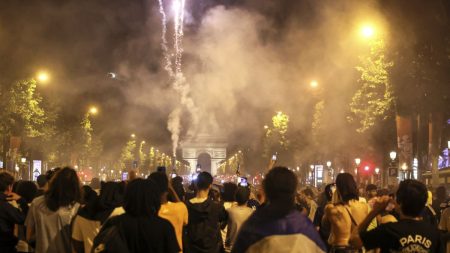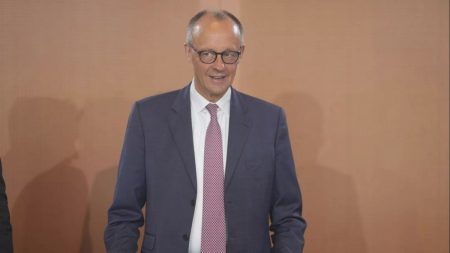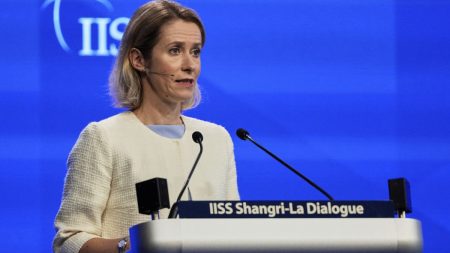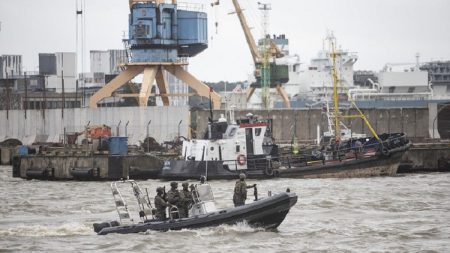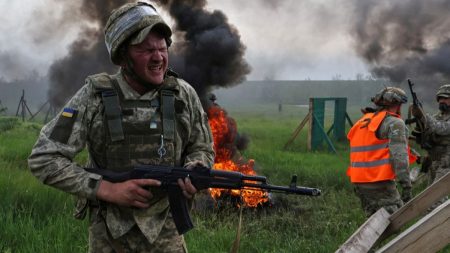Protests erupted across Georgia, ignited by the government’s abrupt decision to suspend negotiations for EU accession. Over the weekend, Tbilisi witnessed tens of thousands of demonstrators outside parliament, resulting in violence that sent 44 individuals to hospitals, including protestors, police officers, and a media worker. Demonstrators expressed their discontent through gestures such as stone-throwing and the burning of an effigy of Bidzina Ivanishvili, the billionaire founder of the ruling Georgian Dream party. During the unrest, authorities responded with harsh measures, including deploying water cannons and tear gas. Prime Minister Irakli Kobakhidze issued a stern warning to protestors about law violations and dismissed the notion that Georgia’s European integration was at a standstill, emphasizing that the government was solely rejecting what he termed “shameful and offensive blackmail.”
Kobakhidze further assured the public that Georgia’s European aspirations were still alive, despite claims that foreign entities desired to incite a scenario comparable to Ukraine’s political upheaval in 2014. His remarks came in response to the U.S. State Department’s declaration of a pause in its strategic partnership with Georgia due to the country’s recent decisions. The Georgian Prime Minister characterized the previous U.S. administration’s actions as an attempt to burden the incoming government with a difficult legacy, suggesting a hopeful openness towards discussions with potential new U.S. leadership. His government’s credibility faced intense scrutiny, however, as the backdrop for the unrest was a contested parliamentary election outcome, perceived by many as Russia-backed manipulation aimed at reinforcing Tbilisi’s alignment with Moscow.
The legitimacy of the Georgian Dream party was contested by opposition entities and President Salome Zourabichvili, who described the government’s victories as questionable and illegitimate. Zourabichvili highlighted a growing movement of dissent not just in the streets but also within state institutions, where individuals were increasingly resigning or protesting against the government. The gap between public sentiment and government legitimacy was stark, with widespread claims that the ruling party could not claim to represent the will of the Georgian populace after facilitating a rigged electoral process. Her criticism lent momentum to the ongoing protests, which were not localized strictly to Tbilisi but had spread to other regions, underscoring a national demand for change.
The civil unrest coincided with mounting tension from the European Parliament, which called for a reevaluation of the recent parliamentary elections and flagged democratic deterioration attributed to the Georgian government. The EU’s previous grants of candidate status to Georgia were now fraught with conditions, leading to the suspension of accession negotiations based on the government’s failure to adhere to EU recommendations. The parliamentary resolution underscored the necessity for accountability and transparency, calling for a rerecord of the elections under independent supervision. Given the ongoing internal conflict, EU lawmakers expressed the urgency of implementing sanctions against the Georgian government, increasing pressure on domestic authorities to adhere to democratic norms.
Accusations were thrown at Georgian Dream for straying towards authoritarianism and growing closer to Moscow’s influence, as they instituted laws mirroring those in Russia that stifled freedom of speech. Kobakhidze vocally defended his party, labeling criticisms from EU politicians as a cascade of insults directed at Georgia. He accused the European Parliament of acting as an instrument of blackmail and rejected any EU budgetary grants until at least 2028, signaling a firm stance against what he perceived as unwarranted external interference. Critics feared that the increasingly stringent measures resembled the Kremlin’s tactics, leading to a noticeable erosion of civic freedoms and raising questions about the commitment of the Georgian government to uphold democratic principles.
As tensions between the public, the opposition, and the ruling government escalated, the protests stood as a significant manifestation of societal discontent intertwined with geopolitical considerations. The specter of foreign influence loomed largely over discussions, with opposition groups and several members of the populace asserting that the current government was undermining Georgia’s sovereignty in favor of Russian interests. The Prime Minister’s claims of external scheming to provoke instability were met with skepticism by many, particularly among those who participated in the demonstrations. A chasm deepened between citizens desiring EU integration and the ruling elite’s maneuvers perceived as aligning more with Moscow than with European aspirations.
This duality of protest and repression illustrates an ongoing struggle for the soul of Georgia, as citizens express their grievances against a backdrop of geopolitical rivalry, internal strife, and a yearning for European affiliation. The protests reflect a broader existential inquiry regarding the trajectory of Georgia’s future—between democratic ideals and authoritarian tendencies, and between the westward aspirations toward the EU or a potential re-subjugation under Russian influence. As the stakes rise, both the ruling party and opposition will have to navigate complex domestic and international landscapes, with each decision potentially reverberating through Georgia’s political landscape for years to come. The outcome of these protests, shaped by public dissent and international responses, could determine not just Georgia’s internal governance but also its strategic positioning on the global stage.




